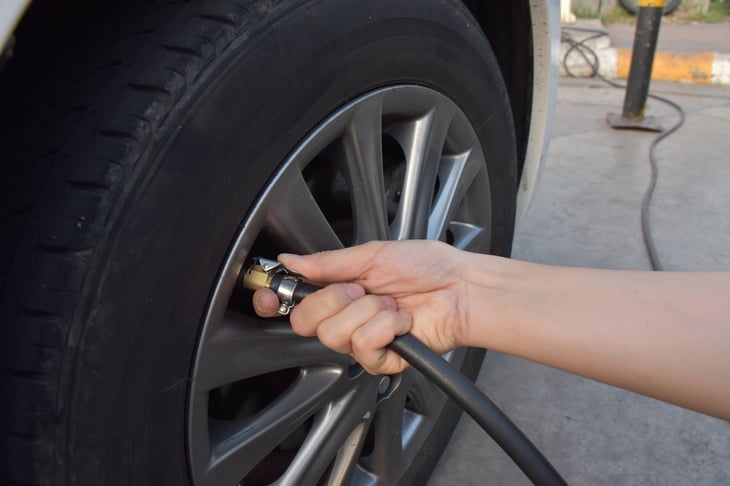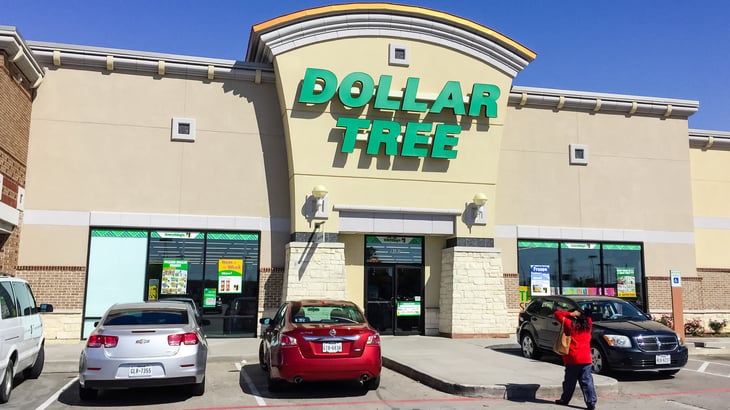
New or used, sporty or practical, a car keeps wringing money out of its owner throughout its lifetime. Gas, oil changes, accidents — no question, a car is an expensive family member.
But for many of us, a car is also a necessity. Until that “Star Trek” transporter technology arrives, we’ll be driving — and fixing, filling up and coaxing — our cars to keep running for years.
That’s why even the smallest ways to save on car costs are important. From the right insurance policy to simple car-maintenance tips, knowing how to keep your car’s monetary demands at bay can leave more cash in your wallet.
Rev your engines — here are tips for saving on car costs that everyone can use.
1. Shop around for a better rate

Switching vehicle insurance companies might save you a bundle.
In “6 Real Ways to Save on Your Car Costs,” Money Talks News writer Miranda Marquit suggests using The Zebra, a car insurance search engine, to get free quotes for changing your coverage.
To use The Zebra, visit the website and enter your ZIP code. Answer some basic questions, and get your quotes. You can also find the best car insurance options listed by state and vehicle. The Zebra does not sell users’ information to third parties or spammers, so you won’t get sales calls from doing a search.
Gabi is another car insurance search engine. In under two minutes, you can easily submit your current insurance policy and let Gabi shop around for the best coverage, delivering as many as 20 quotes.
Or, if you prefer, use The Zebra’s licensed insurance brokers to ask questions and understand your options.
2. Keep tires properly inflated

Driving with properly inflated tires can improve your gas mileage by an average of 4%, the Environmental Protection Agency (EPA) reports.
That one improvement will show up at the gas pump.
And it’s easier than ever to do. You can find digital and analog gauges to buy for a few dollars that are easy to use and read. Some newer vehicles may even sport a digital readout of the inflation level for tires.
3. Trim your car insurance premiums

Take a little time to shave even more off your vehicle insurance bill. Start by reading Money Talks News founder Stacy Johnson’s “How to Get the Best Possible Deal on Car Insurance.”
Next, try these steps:
- Call your insurance agent. Ask how you can save on your insurance. For example, discuss raising your deductibles (which may lower your premium) or whether it is no longer worthwhile to pay for comprehensive and collision coverage for an older vehicle. Also, ask about getting a deal for bundling your auto insurance with other policies, such as homeowners or renters insurance.
- Take a defensive driving class. Careful drivers are cheaper to insure. If you’re an AARP member, there’s even an online course you can take. CarInsurance.com says: “[S]tates may require insurers to offer certain discounts to encourage good driver behavior — such as taking defensive driving courses.”
4. Rent out your car to help pay its upkeep

Get your car to help earn its keep by renting it to other people when you aren’t driving it.
Turo is a car-sharing marketplace, sort of like an Airbnb for vehicles. Turo’s website is where people who want to rent a ride can see what’s available in their area.
Our article “How to Make Extra Money Renting Out Your Car” has the details.
5. Don’t be a car snob

When you buy or lease your next car, think seriously about getting a less-expensive model.
Here’s where you can save thousands of dollars from the start simply by choosing a Mazda over a Mercedes, or a slightly used car over a brand-spanking-new vehicle.
Money Talks News founder Stacy Johnson says he’s never bought a new car, since a new vehicle loses thousands in value the minute you drive it off the lot.
Depreciation can account for nearly 40% of the expense of owning a new vehicle, costing you more than $3,000 per year, Money Talks News reports.
6. Take care of your car

You don’t have to baby your car, but don’t ignore its needs, either.
Regular oil changes, air-filter replacements and even things as simple as new wiper blades can keep it purring longer.
7. Handle small repairs yourself

Not everyone is a mechanic. But these days, many simple car-maintenance items can be performed at home by even fairly new drivers.
Oil changes, tire rotations and air-filter replacement don’t really require a professional to do them. Get started by following the steps in “8 Car Repairs and Maintenance Tasks You Can DIY.”
Other good ideas:
- Ask a handy friend to show you how to do maintenance jobs the first time.
- Take a basic car know-how course at your community college.
8. Relax your hot foot

If your speed goes up, your gas mileage will go down. There’s no trophy for being the Mario Andretti of your Minnesota suburb.
Likewise, don’t slam your foot down on your brake pedal either. You’ll extend the life of your brake pads by coasting or easing into stops rather than constantly pounding on the brakes.
9. Use cruise control

Know how and when to engage your cruise control, and don’t be afraid to use it. AARP estimates doing so can reduce your highway fuel usage by 7%.
Depending on how much you drive and how much of that travel is on the highway, you could save $100 or more annually.
10. Be smart about gas

Someday, we may all have electric cars. But until then, gasoline will remain a major part of your car budget.
Be smart about where you buy it and how you pay for it. Many grocery stores or credit cards offer loyalty points that can be used at certain gas stations. Don’t let those go to waste.
Also, try checking into smartphone apps, like GasBuddy, that can help you locate the cheapest price on gas near you.
Disclosure: The information you read here is always objective. However, we sometimes receive compensation when you click links within our stories.


























